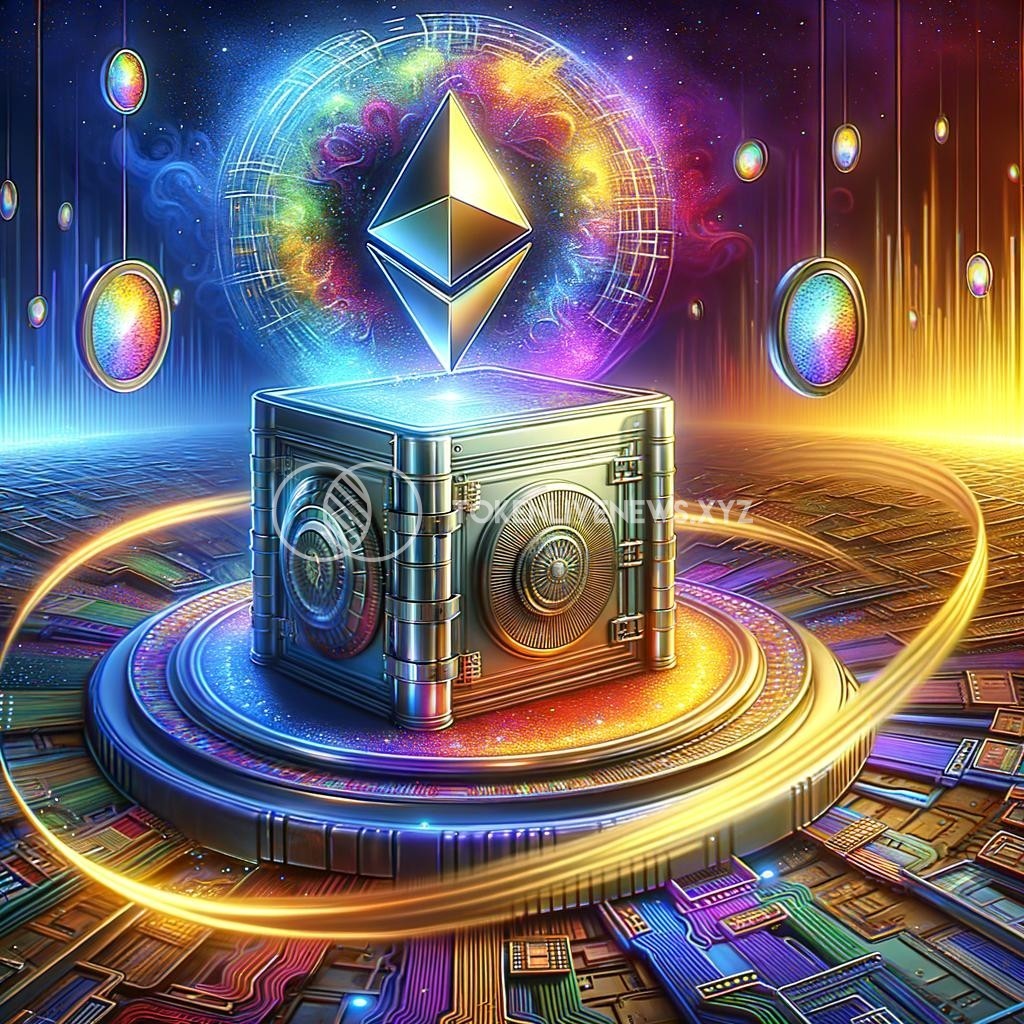Ethereum and NFTs: Redefining Digital Ownership with Security
In a rapidly evolving digital landscape, the concept of ownership has taken on a whole new dimension with the advent of NFTs (Non-Fungible Tokens). And at the heart of this groundbreaking technology lies Ethereum, a blockchain platform that has revolutionized the world of digital assets.
Before we delve deeper into the subject, it is essential to understand what NFTs are and why they hold such significant potential. NFTs are unique digital tokens that represent ownership or proof of authenticity of a specific asset, whether it be a piece of art, a video clip, a music album, or even a tweet. By utilizing blockchain technology, each NFT can be verified and cannot be replicated, ensuring its scarcity, uniqueness, and trustworthiness.
Now, one might wonder, what role does Ethereum play in all of this? Ethereum is an open-source blockchain platform that allows developers to create and deploy smart contracts, which are essentially self-executing agreements containing the terms and conditions of a transaction. These smart contracts form the backbone of the NFT ecosystem, enabling the creation, sale, and ownership transfer of these digital assets by providing a secure and transparent framework.
One of the key reasons why Ethereum has emerged as a preferred platform for NFTs is its robustness and scalability. Unlike some other blockchains, Ethereum can handle a substantial volume of transactions and execute them swiftly, ensuring a seamless experience for creators and buyers alike.
Moreover, Ethereum’s native cryptocurrency, Ether (ETH), acts as the lifeblood of the platform, facilitating transactions, incentivizing miners, and powering the underlying infrastructure. This aspect opens up a world of possibilities for artists, creators, and collectors to participate in the NFT market, making it more accessible and inclusive.
Security is another crucial aspect that Ethereum brings to the table. Through its decentralized nature and consensus mechanism, Ethereum ensures that no central authority has control over the network, making it resilient to censorship, manipulation, and fraud. Each transaction is recorded on the blockchain, making it immutable and transparent, which boosts confidence in the authenticity and provenance of digital assets.
The introduction of NFTs has disrupted the traditional art world, offering artists a new revenue stream, independent of intermediaries. It provides them with a direct connection to their audience, empowering them to monetize their creativity and retain the rights to their intellectual property. For collectors, NFTs unlock a new form of ownership, allowing them to possess unique digital items while supporting their favorite artists.
Additionally, the potential use cases of NFTs extend far beyond just art. They can revolutionize the gaming industry by enabling players to own in-game assets that can be traded and sold, offering a whole new level of interoperability and player engagement. NFTs can also provide a solution to copyright issues, ensuring creators receive fair compensation for their digital content in an era where unauthorized copying and sharing are rampant.
In conclusion, Ethereum, in combination with NFTs, has ushered in a new era of digital ownership characterized by security, transparency, and decentralization. The potential for creators, collectors, and industries at large is vast and exciting. As this technology continues to evolve, it has the power to reshape multiple sectors, redefine ownership, and unlock unprecedented opportunities in the digital realm.







